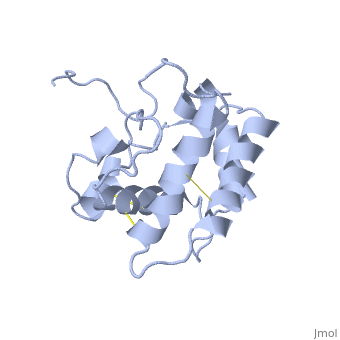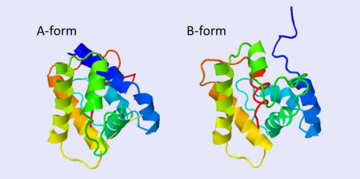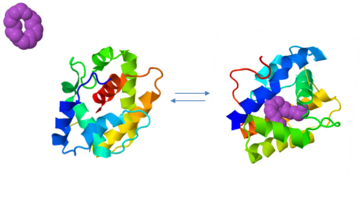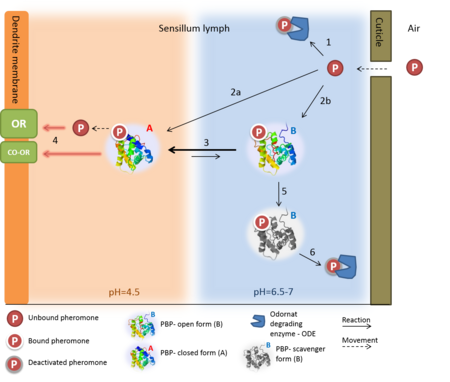Odorant binding protein
From Proteopedia
| Line 42: | Line 42: | ||
[[Image:A -B forms without ligand.png|thumb|upright=2|The A and B forms without ligand (PDB IDs: [[1gm0]] and [[1ls8]]).]] | [[Image:A -B forms without ligand.png|thumb|upright=2|The A and B forms without ligand (PDB IDs: [[1gm0]] and [[1ls8]]).]] | ||
[[Image:A to b with ligand.png|thumb|upright=2|The A and B forms with ligand (PDB IDs: [[1gm0]] and [[1ls8]]).]] | [[Image:A to b with ligand.png|thumb|upright=2|The A and B forms with ligand (PDB IDs: [[1gm0]] and [[1ls8]]).]] | ||
| - | + | {{Clear}} | |
BmorPBP has two conformations: The '''"closed form" (A)''' and the '''"open form" (B)'''<ref>DOI: 10.1074/jbc.274.43.30950</ref>. The bombykol and the alpha-helix located in the c-terminus of the protein compete for the binding site: when the c-terminus is inside the binding cavity it get's an alpha helix shape, and the protein is in its "close form" (B), whereas in the "open form" (A) the c-terminus is outside of the protein and has no defined secondary structure. Binding experiments have shown that the B-form binds 15 times higher than the A-form <ref>doi: 10.1073/pnas.0501447102</ref>, therefore considered to be the carrier of the pheromone. The complex of the A-form and the pheromone, is then considered the form that activates the receptor. | BmorPBP has two conformations: The '''"closed form" (A)''' and the '''"open form" (B)'''<ref>DOI: 10.1074/jbc.274.43.30950</ref>. The bombykol and the alpha-helix located in the c-terminus of the protein compete for the binding site: when the c-terminus is inside the binding cavity it get's an alpha helix shape, and the protein is in its "close form" (B), whereas in the "open form" (A) the c-terminus is outside of the protein and has no defined secondary structure. Binding experiments have shown that the B-form binds 15 times higher than the A-form <ref>doi: 10.1073/pnas.0501447102</ref>, therefore considered to be the carrier of the pheromone. The complex of the A-form and the pheromone, is then considered the form that activates the receptor. | ||
Revision as of 12:05, 23 August 2017
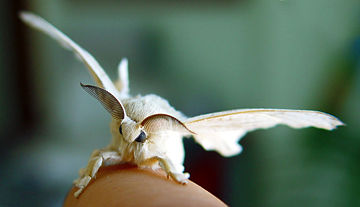
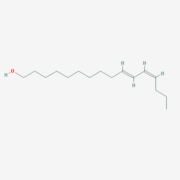
Contents |
Introduction
Odorant-binding protein (OBP) are soluble proteins which are involved in the processes of odorant detection in the olfactory sensilla [1]. Though functionally the same, vertebrates and insects OBP have different origin and structure. OBPs are important for insect olfaction. For instance, OBP76a (LUSH) in the fly Drosophila melanogaster is required for the detection of the pheromone vaccenyl acetate [2] and has been proven to adopt a conformation that activates the odorant receptor [3].
OBP Function
Despite five decades of intensive research, the exact roles of OBP and the mechanism by which the odorant receptor (OR) is activated are still in dispute [4][5].
A few functions have been suggested for OBP:
1. Solubilizing the odorant molecule and its transportation in the sensillar lymph.
2. Protecting the odorant molecule from the odorant degrading enzymes, in the sensillar lymph.
3. Activating the odorant receptor on the dendrite membrane, by the odorant-OBP complex.
4. Mediating the deactivation of the odorant molecule after the activation of the receptor.
5. An organic anion (the protein has 9 negative charges).
Of all, the first role of OBP as an odorant solubilizer and carrier is generally accepted.
In order to explain the structure and function of these fascinating proteins, this page will further focus on a particular OBP - the well investigated Bombyx mori pheromone binding protein: BmorPBP.
Bombyx mori BmorPBP (lets talk about sex..)
| |||||||||||
3D structure of odorant binding protein
Updated on 23-August-2017
See also
- Odorant_binding_protein_3D_structures
- Chemical communication in arthropods
- Pheromone binding protein
- Bovine odorant binding protein
References
Proteopedia Page Contributors and Editors (what is this?)
Nurit Eliash, Michal Harel, Joel L. Sussman, Alexander Berchansky, Jaime Prilusky
